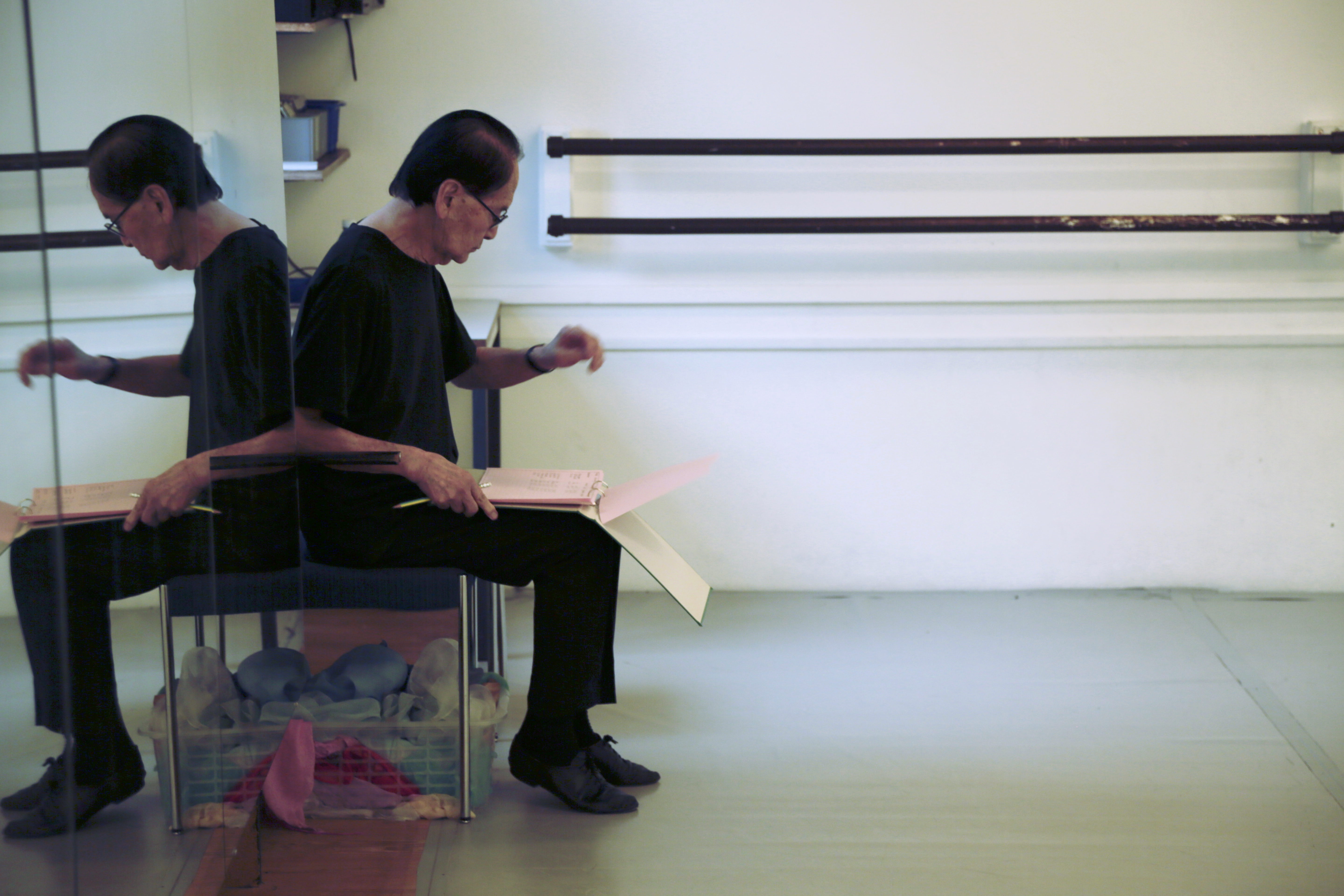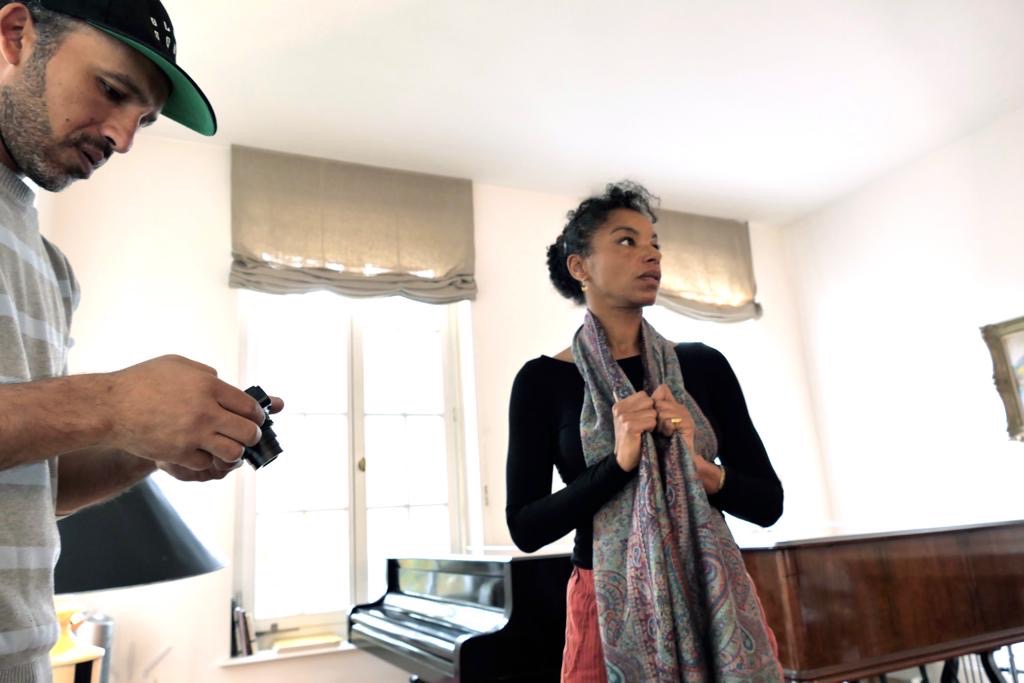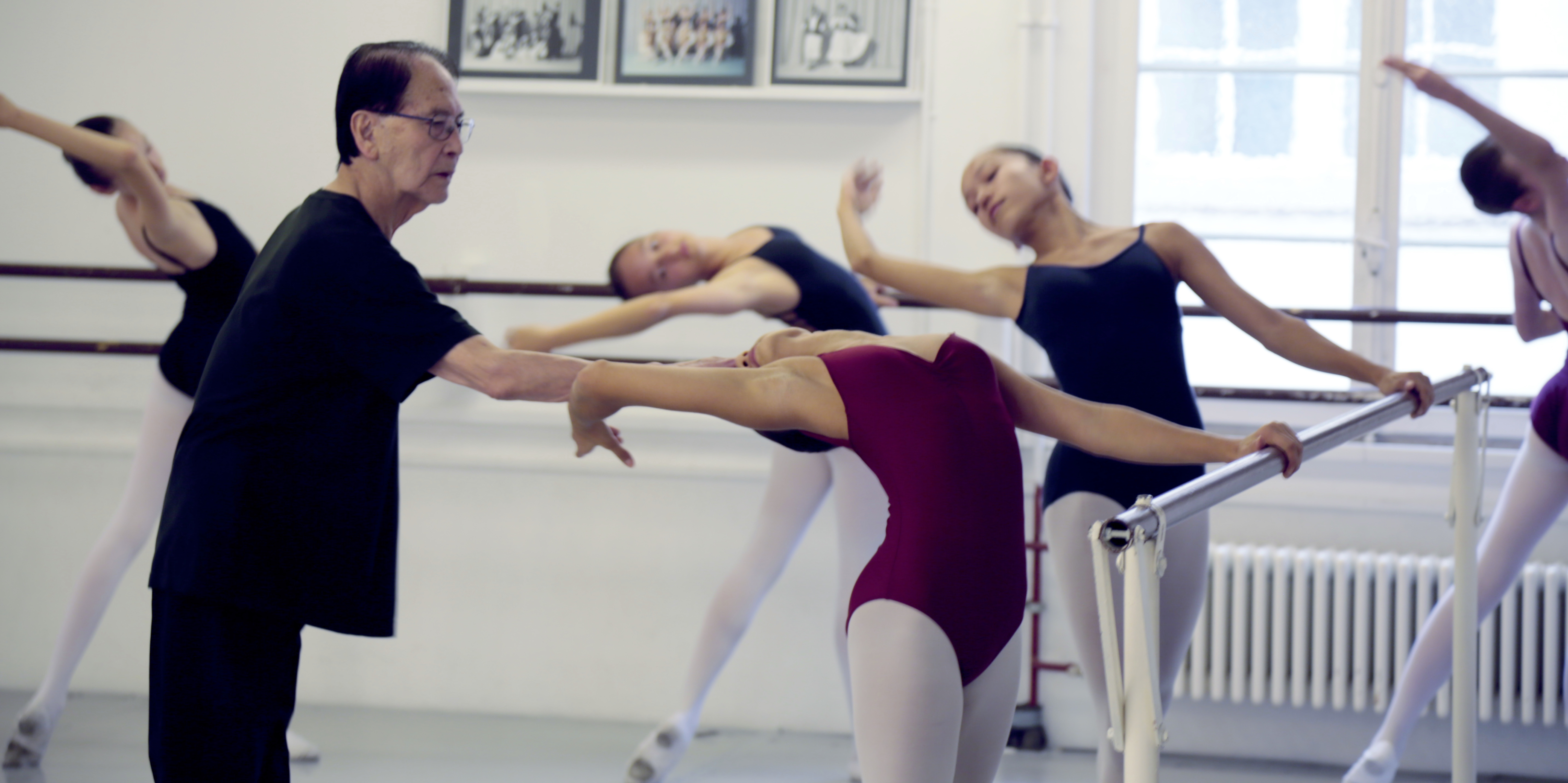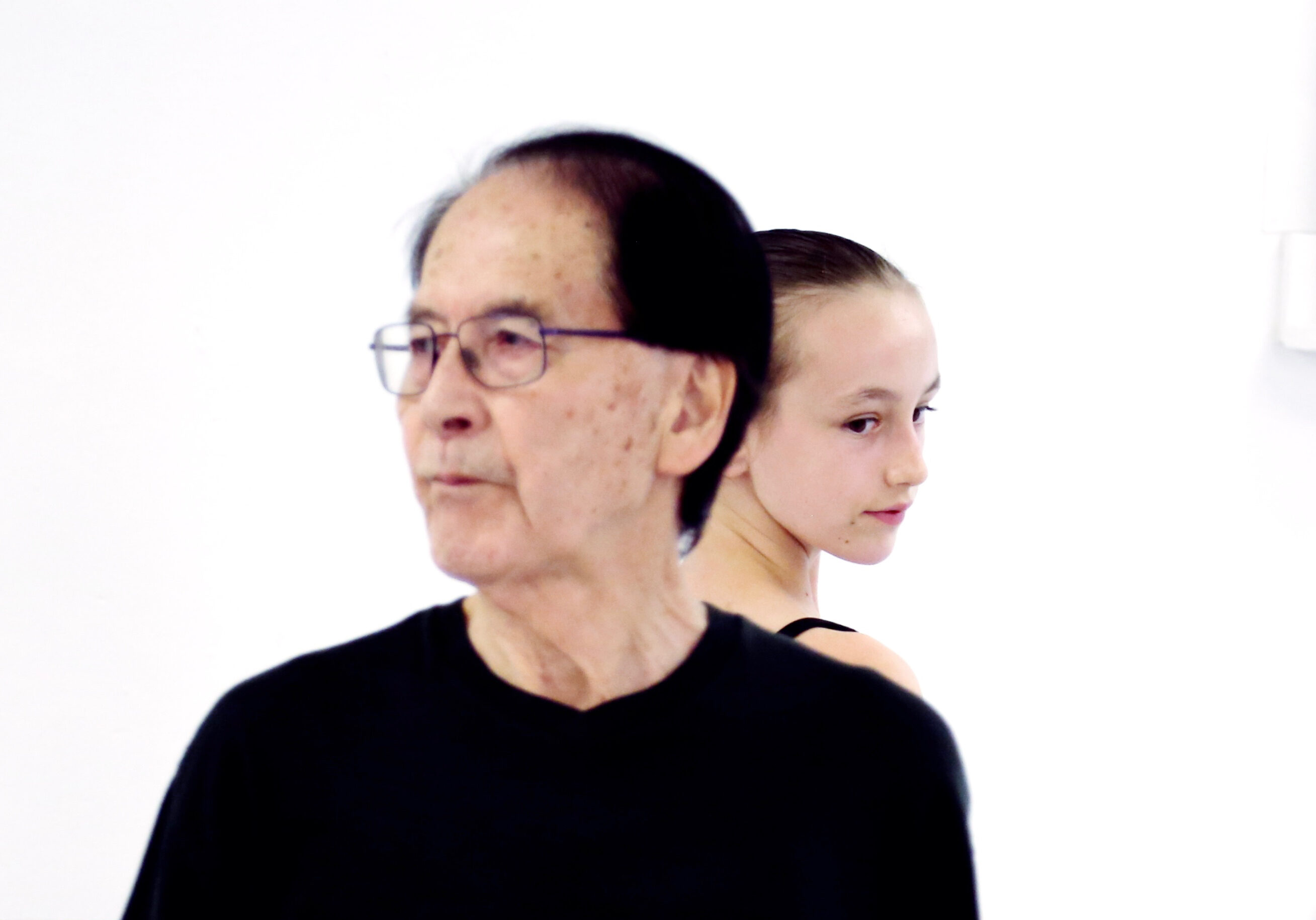Out & About: How would you describe for yourselve dancing?
Beatrice Blackwell: Dancing for me is identity, showing my emotions, processing and celebration life. We connect with our environment. We can fly like a bird or turn to stone.
Especially important for me is the spiritual level, which fascinates me so much about dance and is interpreted again and again, especially in classical ballet.
The spiritual body, which is actually not a body at all, is embodied through the living dancer. Embodying a disembodied being brings me into a spiritual state. I can listen into my body while dancing and look at myself from the outside, detached from it, and connect with different levels of time and space. The dance is passed on from body to body. That’s what makes it so alive, but also fleeting….
«For me, dance is an expression of my spiritual world. In dance I can connect with the invisible world and draw inspiration from these insights. I think dance has never been as important politically as it is now.»
How did you and Fumio Inagaki cross paths?
I myself was a professional dancer and taught at the same ballet school as Fumio. I became a student again after being fascinated by his presence.
Over the years, has your view of dance changed?
I used to exhaust myself dancing. I was in my body without any limits. I felt infinite, and it was difficult for me to set my own limits. It took some physical injuries and wear and tear to realise that my body has limits, but that these limits allow me to focus on the essential.
The pregnancy and birth of my daughter was a great help to me in finding a different view of my physicality and a redefinition of dance.
How did you come up with the idea of combining dance with spirituality and politics?
Dance to me is an expression of my spiritual world. It is through dance that I can connect with the unseen world and draw inspiration from these insights. I think dance has never been more important politically than it is now. Dance, especially in Switzerland, was at the bottom of the list of visual, fine and movement arts during and even before the Covid era. The roots of this lie deep in our European history. Christianisation, which has postulated the demonisation of the body and its expression since the Second Middle Ages, then later colonial thought, which dictated what physicality defines us, so that we become and must be «civilised» human beings. Such political ideals are always about the corporal punishment of the body. Now, through the lockdown, we have experienced the importance of touch embodying a shared celebration of life. This is what dance is, breathing into the movement of our bodies and merging with others to feel our own limits.
«The teaching of aesthetics is also based on the principles of nature. We are nature and dance is a way of communicating with it by taking on its forms and thus finding direct access through our bodies. Then even a flower becomes an ensouled being.»
Fumio Inagaki compares the steps of the dance to flowers that are vibrant and strong. Could you be a bit more specific about the reason for his reference?
Fumio goes so far as to compare people to flowers and plants. He is from the Buddhist tradition, but his life has been shaped more by Shinto philosophy.
«Having Fumio as my mentor has had a profound impact on my experience of classical ballet and dance in general. In particular, the spiritual component of dance has emerged.»
As mentioned earlier, many classical ballet stories are about mystical figures in nature (Classical and Romantic). Furthermore, Fumio comes from a family of farmers and celebrates Ikebana, an ancient art of flower arranging from his native Japan. The teaching of aesthetics is also based on the principles of nature. We are nature and dance is a way of communicating with it by taking on its forms and thus finding direct access through our bodies. Then even a flower becomes an ensouled being.
How did you and your team plan out the different scenes in the film and then put them into place in the editing room?
Working with an unconventional team, we tried to convey Fumio’s essence and message on film. I wanted to portray Fumio’s life in an aesthetic and poetic way. I wanted the images to speak for themselves. – A meditative journey – like a ballet performance or a mantra. I filmed together with a former war reporter and cameraman. I had been writing about Fumio’s biography for several years.
Then came the lockdown. It turned everything upside down. It was also uncertain whether my cameraman would be deported. Also, Ibrahim Yaghi was not legally allowed to work. He is a political refugee from the Gaza Strip. I found it very exciting and also moving how a person who grew up in a war zone, who experienced destruction and violence and filmed it, registered the ballet. Co-producer and director Lydja Burczack also studied ethnic film documentation at the same university where I studied art years ago. The cameraman is originally a photographer. I already had clear ideas and sketches for another recording of Fumio’s life. The plan was to continue filming the various ballet dancers Fumio worked with at the opera house. Unfortunately, this was not possible due to Covid’s restrictions.
Since Fumio compares the dancers to flowers and plants, and many of the essays are about nature, we filmed and danced outside. The studio recordings were made with the students and teachers from Off Dance Studio in Zürich.
What would you define as a key moment that leaves a lasting impression?
The moment the viewer realises how old Fumio is, and the quality his physical maturity has on his teaching, defines the points of contact between ageing and youthful bodies.
What were the consequences of the lack of funding for the production of the film?
I financed the recordings for the documentary myself. All the participants have worked and invested voluntarily.
My wish and goal is, as a next step and with the help of financial support, to edit the more than 10 hours of material that I have recorded together with various camera teams in order to be able to show a longer documentary about Fumio.
What tips would you give to new filmmakers who have a background in the arts?
The images should speak for themselves. The film should ostensibly appeal to the senses as an art film should.
Is there anything that you think viewers can take away from this film that could change their lives for the better?
The celebration of shared rituals that have become so precious through the collective experience of the pandemic. Our fragile wonderful body that breathes and lives the moment through every breath. The touch between youth and transience that is essential in our lives. Living our dreams.
What influence does this film have on your further artistic work?
Having Fumio as my mentor has had a profound impact on my experience of classical ballet and dance in general. In particular, the spiritual component of dance has emerged. Dance as a vehicle that takes our bodies through a collective transcendence and transformation.
Where can people follow and contribute to your work or support you financially?
I am open to new collaborations with various media artists, filmmakers, etc. and would also find it very exciting to take up the project again and develop it further.
Thank you very much for the exciting interview!
Interview by Martha Kapfhammer




